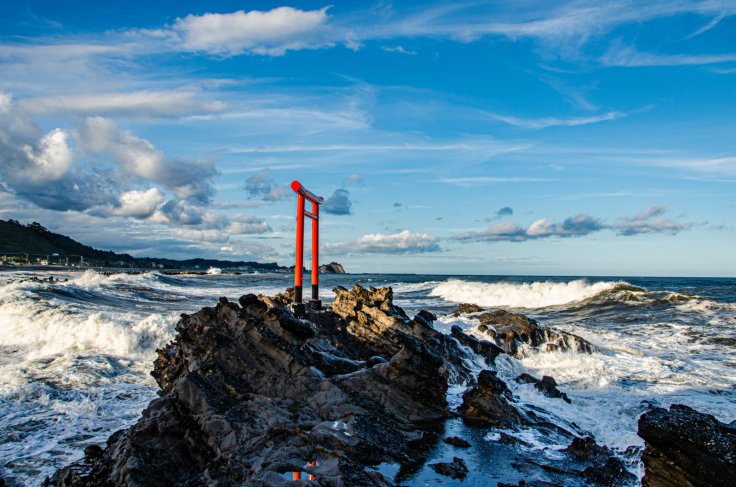
The journey of Fukushima Prefecture towards recovery and normalcy is marked by significant milestones, each underscored by stringent safety protocols and global oversight. Recently, these efforts have been highlighted by the reopening of beaches and the continuous, transparent, discharge of treated water from the Fukushima Daiichi Nuclear Power Plant.
Reopening of Kitaizumi Beach: A Symbol of Resilience
Kitaizumi Beach in Minamisoma, Fukushima Prefecture, opened to the public for the first time since Japan began releasing treated water from the Fukushima No. 1 nuclear power plant into the ocean last August. This reopening is not just a return to normalcy but a testament to the community's resilience and the rigorous safety measures implemented by authorities.
At the beach's opening ceremony, a Shinto priest prayed for safety while local children performed traditional dances, signaling hope and renewal. The Fukushima Prefectural Government confirmed that tritium levels, a radioactive substance in the treated water, were undetectable in seawater at eight beaches set to open this year. This assurance has encouraged families to return to the beach, with visitors expressing confidence in the safety of the waters.
"I'll let my children play in the sea because it is said to be okay," stated a woman visiting from Tamura. Regular visitor Makoto Obama added, "The waves here are fun. I want to come again."
Kitaizumi Beach, a popular surfing spot, had been closed following the 2011 earthquake and tsunami that led to the nuclear meltdown. Its reopening in 2019 marked the beginning of a gradual return, drawing 22,800 visitors last year about a quarter of its pre-disaster numbers.
Managed Discharge of Treated Water: A Critical Step in Decommissioning
Simultaneously, the operator of the Fukushima Daiichi plant, Tokyo Electric Power Company Holdings Inc. (TEPCO), completed its seventh round of treated radioactive water discharge into the ocean. This latest release involved around 7,800 tons of water, with tritium levels consistently below safety threshhold. This discharge is part of a broader plan involving seven rounds of releases in fiscal 2024, aiming to discharge around 54,600 tons in total.
TEPCO's process involves using an Advanced Liquid Processing System (ALPS) to remove most radionuclides from the water, except tritium. However, tritium levels in discharged water are kept far below the World Health Organization's limits for drinking water.
This controlled discharge is integral to the plant's decommissioning. The first round of water release commenced in August 2023, marking a pivotal step in the safe dismantling of the plant.
International Oversight and Validation
The International Atomic Energy Agency (IAEA) has been closely monitoring these activities, ensuring they adhere to international safety standards. In its latest report, published on July 18th, the IAEA Task Force confirmed that Japan's treated water discharge meets these stringent standards, with negligible radiological impact on people and the environment.
The Task Force, comprising experts from 11 countries, has conducted multiple missions to Japan, scrutinizing the technical and regulatory measures in place. Their findings affirm that the equipment and facilities at the Fukushima plant are appropriately managed and that continuous on-site oversight by Japan's Nuclear Regulation Authority (NRA) is effective.
IAEA Director General Rafael Mariano Grossi emphasized the importance of transparency and ongoing verification. The IAEA's independent sampling and analysis corroborate Japan's monitoring efforts, bolstering global confidence in the reported data's accuracy and reliability.
Moving Forward: Continued Vigilance and Community Engagement
Fukushima's journey towards recovery is a complex interplay of environmental management, community resilience, and international cooperation. The reopening of Kitaizumi beach and the methodical discharge of treated water present a commitment to safety and transparency.
Future steps will involve continued IAEA oversight, with more review missions planned and a constant presence at the Fukushima Daiichi NPS Office. This will ensure that Fukushima's recovery progresses without compromising public or environmental safety.
Disclaimer: IBT does not endorse the above content.









